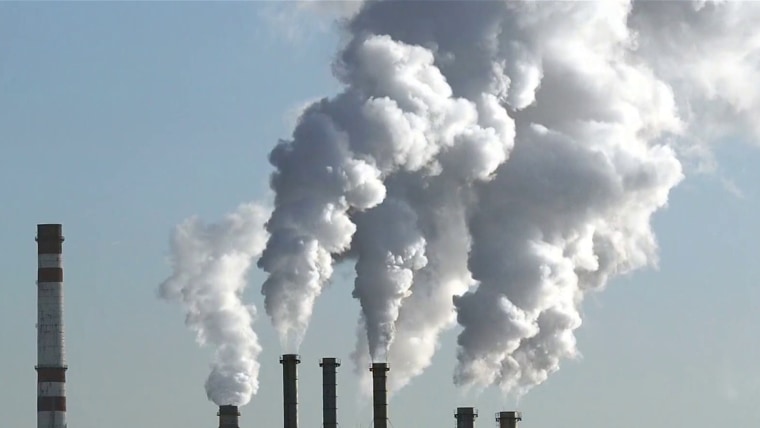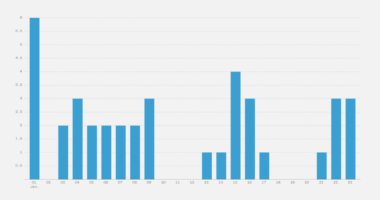The research is not without limitations. Scientists often have a hard time quantifying how much climate change is contributing to disease outbreaks, since it’s an indirect process.
Climate hazards also diminished some impacts of infectious disease. For 16% of diseases, these hazards reduced the ailments’ impact or produced mixed results.
Climate hazards bring people and animals closer together
When Mora and his team examined the effects of 10 climate hazards on 375 infectious diseases, they found more than 1,000 ways that climate change spurred disease transmission. Rising temperatures were the biggest driver of pathogenic diseases, followed by precipitation, floods and drought.
Most often, infectious diseases were spread to humans from animals such as mosquitos, snakes, birds or rodents.
Voles, for instance, depend on snow cover for winter habitat, Mora said. But diminishing snowpacks have sent the creatures seeking shelter inside people’s homes, where they have been documented transmitting hantavirus.
“Climate drives habitat change and disruption around the world. That also brings humans into contact with animal species in ways that we were not in contact with them historically, or haven’t been in the recent past,” Leibler said. “Our recent pandemic is an example to the extent that the leading hypothesis is that bats might have played a role.”
Rising temperatures have also increased the habitat ranges for creatures like ticks, fleas and mosquitoes, growing the footprint of infections like West Nile virus, Zika and dengue fever.
“Mosquitoes are obviously the big one that cause a tremendous amount of mortality internationally,” Leibler said.
Other climate-linked diseases spread directly to humans through food, water or air. Fecal pathogens like E. coli or salmonella, for instance, can enter drinking water after a flood or hurricane, and rising temperatures may increase their chance of survival.
“There’s a good deal of evidence that as temperatures rise, it’s more likely that different sorts of pathogens will be present in drinking water globally,” Leibler said.
Source: | This article originally belongs to Nbcnews.com











